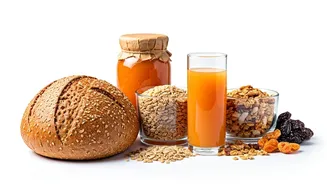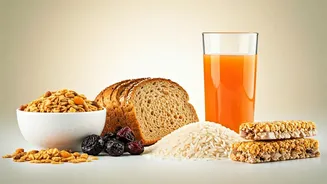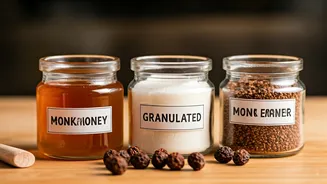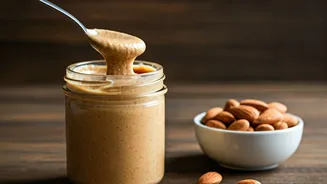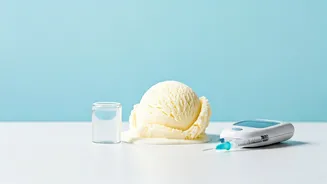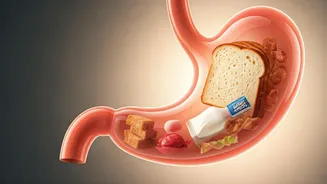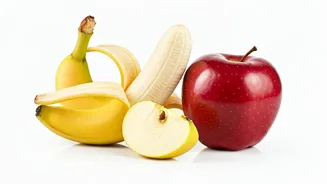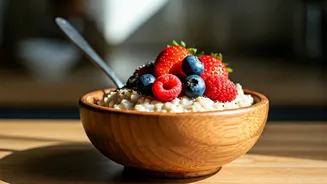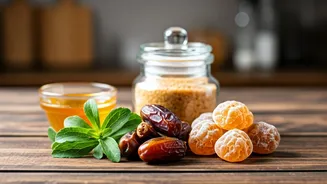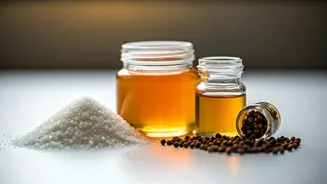Whole Grain Bread
Whole grain bread, frequently recommended as a healthy alternative, can still cause blood sugar spikes. While it contains fiber, which slows digestion,
the carbohydrates in the bread are ultimately broken down into glucose. The extent of the impact depends on the specific type of grain used and the individual's insulin sensitivity. Opting for breads with a lower glycemic index, and considering portion sizes, can help manage blood sugar levels effectively. Moreover, pairing the bread with protein and healthy fats further lessens its impact on blood sugar. Careful selection and mindful consumption are key.
Fruit Smoothies
Fruit smoothies, though seemingly innocent, can often lead to elevated blood sugar levels. While fruits contain essential vitamins and fiber, blending them releases their sugars more quickly. The absence of the chewing process, which slows down digestion, further contributes to rapid sugar absorption. Moreover, many smoothies are loaded with additional sugars from ingredients like yogurt or fruit juice, exacerbating the problem. For a healthier option, use whole fruits instead of juices, include protein and healthy fats, and keep portion sizes small to control sugar intake. Being mindful of these factors can help make smoothies a blood-sugar-friendly treat.
Dried Fruits
Dried fruits, with their concentrated sugars, present another potential blood sugar challenge. The dehydration process removes water, which condenses the sugars naturally present in the fruit. This means a handful of dried apricots, for example, contains a significantly higher sugar content than the equivalent fresh apricots. It is crucial to consume dried fruits in moderation. Pairing them with protein or healthy fats can help stabilize blood sugar levels. Checking labels for added sugars is also very important. Understanding the impact of dried fruits is vital for managing blood sugar effectively.
Flavored Yogurt
Flavored yogurt frequently contains added sugars that can cause blood sugar spikes. While yogurt offers beneficial probiotics, the flavored varieties often have a substantial amount of added sugar to enhance their taste. Even yogurts marketed as 'low-fat' might be high in sugar to compensate for the flavor loss. The nutritional labels must be carefully reviewed to determine the sugar content. Choosing plain, unsweetened yogurt and adding your own fruits or a small amount of natural sweetener is a much better approach. Making such mindful choices can help you enjoy yogurt while still keeping blood sugar under control.
Breakfast Cereals
Many breakfast cereals are loaded with sugar and can significantly raise blood sugar levels. Cereals are often heavily processed and contain refined carbohydrates, which rapidly break down into glucose. Many popular cereals have added sugars, and they can quickly overwhelm your system. Choosing cereals with high fiber and low added sugar, or opting for alternatives like oatmeal with berries, can be a better strategy. Paying attention to serving sizes and incorporating protein and healthy fats are crucial to moderate the impact on blood sugar. Always read the ingredient list and nutrition facts carefully to make informed choices.
Sports Drinks
Sports drinks, often consumed during or after exercise, can unexpectedly lead to elevated blood sugar levels. These beverages are designed to replenish electrolytes and provide quick energy, but they're typically high in added sugars, such as glucose or fructose. The rapid sugar absorption can cause a spike in blood sugar. While sports drinks may be helpful during intense physical activity, for most people, water is sufficient for hydration. If you prefer a sports drink, opt for low-sugar options, and consider consuming them only when needed, not as a routine beverage. Being aware of the sugar content helps you make informed choices that benefit your blood sugar management.
